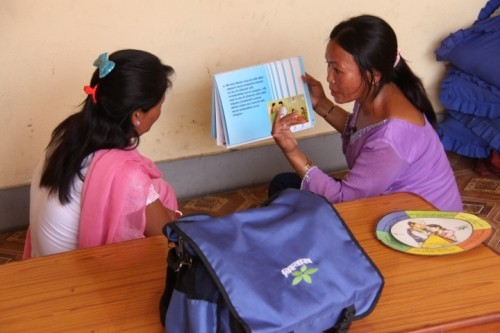
HIV is characterized as a concentrated epidemic in Nepal with an adult (ages 15-49) HIV prevalence of 0.3 percent in 2011. According to recent estimates, Nepal is home to approximately 50,200 people living with HIV and four out of every five infections in Nepal have occurred through sexual transmission. People who inject drugs, men who have sex with men, female sex workers, and seasonal labor migrants (migrating to high HIV prevalence areas in India) are the key populations at higher risk for HIV.
Largely due to the implementation of evidence-based, targeted prevention interventions among key population groups, new infections have significantly decreased in the past five years. However, it is critical to improve coverage in order for HIV/AIDS programs to reach the national target of halving new HIV infections by 2015. In addition, despite continuous efforts to combat stigma and discrimination, such barriers have remained major impediments to open access to information and services.
USAID’s efforts to reduce HIV in Nepal began in 1993 and have since contributed extensively to the Government of Nepal’s national HIV response. These contributions have resulted in the development of epidemic-tailored programs for Nepal’s key populations and people living with HIV and their families. USAID’s efforts have improved access to sexually transmitted infections management and HIV-related prevention, care, support, and treatment services in Nepal. All these have contributed to Nepal being on track to achieve part of Millennium Development Goal 6.








Comment
Make a general inquiry or suggest an improvement.